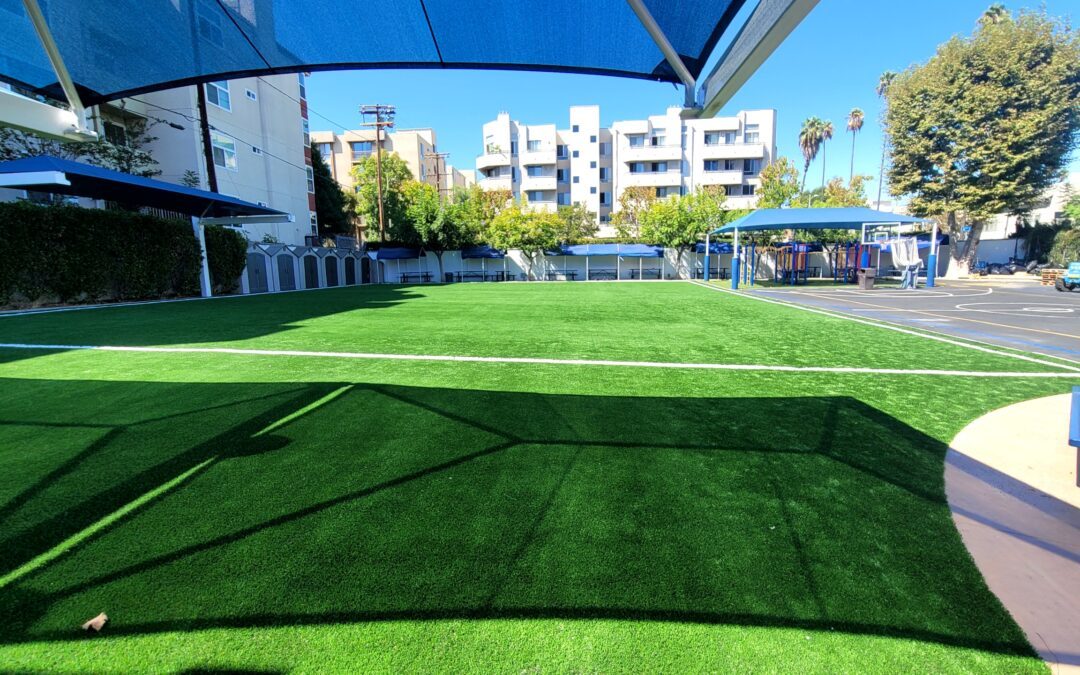Once reserved for sports fields and stadiums, artificial turf has made a remarkable transition over the past few decades. Today, you’ll find synthetic grass not just under the feet of athletes, but also on trendy rooftop bars, stylish event spaces, and even art installations. The story of turf is a testament to how innovation and design can transform a purely functional product into a lifestyle trend — blending beauty, practicality, and sustainability.
The Early Days: Turf Takes the Field
The history of artificial turf dates back to the 1960s when AstroTurf made its debut in the Houston Astrodome — the first indoor stadium to use synthetic grass. With its durability and low maintenance, turf quickly became a go-to solution for sports arenas across the country.
However, the first generations of turf were far from perfect. The texture was rough, the surface held heat, and injuries were more common compared to natural grass. Despite these drawbacks, the practicality of turf — especially for multi-use stadiums and harsh climates — kept it in play.
Innovation and Improvement
Over the next few decades, manufacturers refined the look and feel of synthetic grass. Today’s artificial turf is a far cry from the stiff, shiny green carpet of the past. It’s softer, more realistic, and designed with advanced infill systems that improve drainage, reduce heat, and even mimic the bounce and feel of natural grass.
These improvements opened the door for broader applications beyond sports. Architects, designers, and business owners began to take notice — and turf started showing up in some unexpected places.
Turf in the City: Commercial Use Takes Off
As cities became more dense and outdoor space more valuable, commercial turf use started booming. From urban courtyards to pop-up event spaces, synthetic grass offered a lush, green aesthetic without the water use, maintenance, or mess of real lawns.
Restaurants and cafés embraced turf for patios and outdoor seating areas. Hotels began using it to create rooftop retreats and poolside lounging zones. Retail brands even started using turf in experiential pop-ups and brand activations — adding a sensory and visual element that draws people in and looks great on social media.
Rooftop Bars & Stylish Spaces
One of the most striking examples of turf’s evolution is its rise in rooftop bar design. Synthetic grass adds warmth and a natural vibe to hard urban spaces. It’s durable enough to withstand high foot traffic, weather-resistant, and pairs beautifully with lounge furniture, string lights, and skyline views.
Whether it’s an upscale cocktail bar in downtown L.A. or a cozy beer garden in Brooklyn, artificial grass helps create a welcoming, laid-back vibe that’s perfect for gathering, relaxing, and yes—Instagramming.
What It Means for You
The rise of commercial artificial grass is also influencing residential design. Homeowners are increasingly bringing the rooftop-bar look to their own backyards: installing turf on patios, around pools, in outdoor kitchens, and even on balconies.
For designers, the message is clear: artificial turf is no longer just a practical solution — it’s a design-forward choice that brings beauty, comfort, and sustainability into any space.
The Future Looks Green
From its origins on the football field to its new life atop skyscrapers and inside trendy venues, the story of synthetic grass is still being written. As more people embrace low-maintenance, water-wise living, artificial turf will continue to grow — not just as a lawn replacement, but as a canvas for creativity in modern design.

